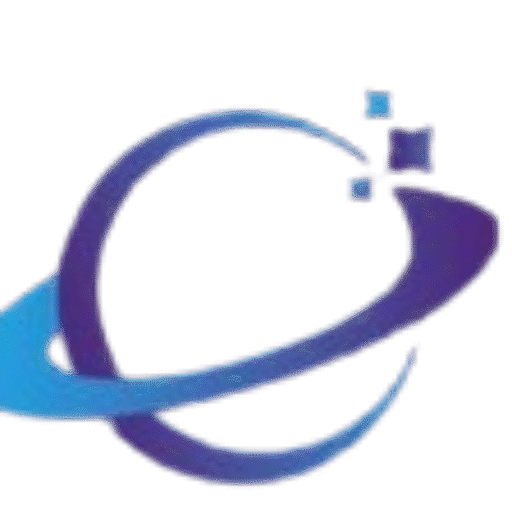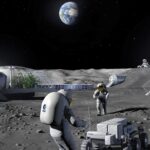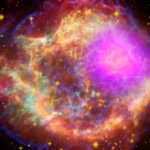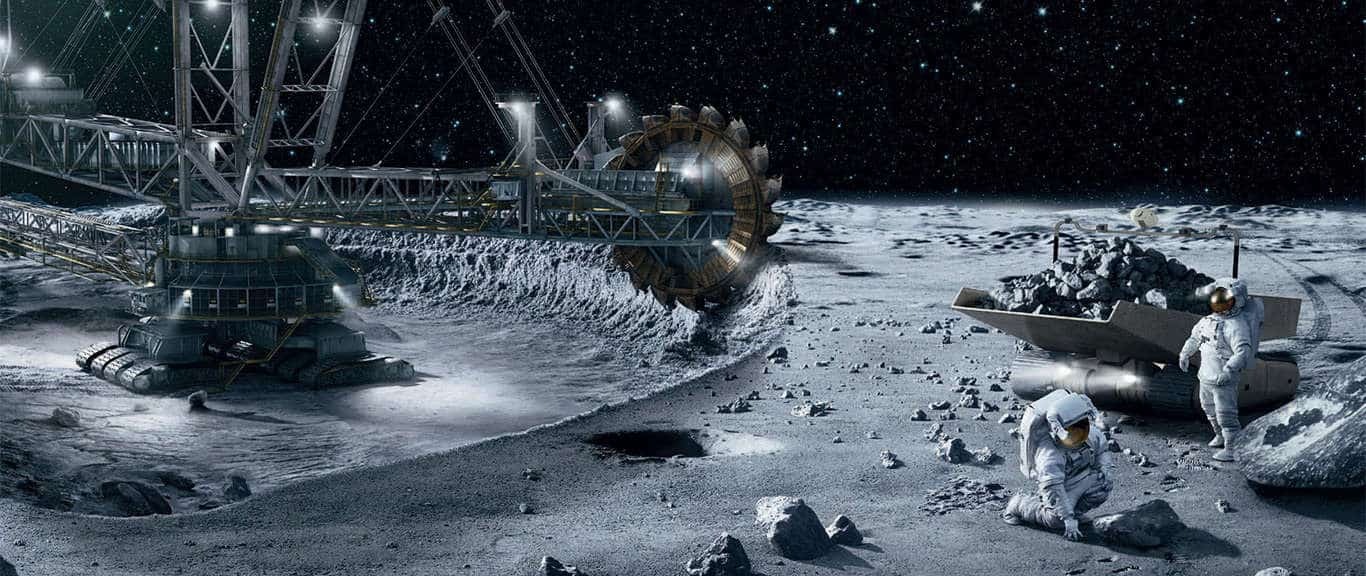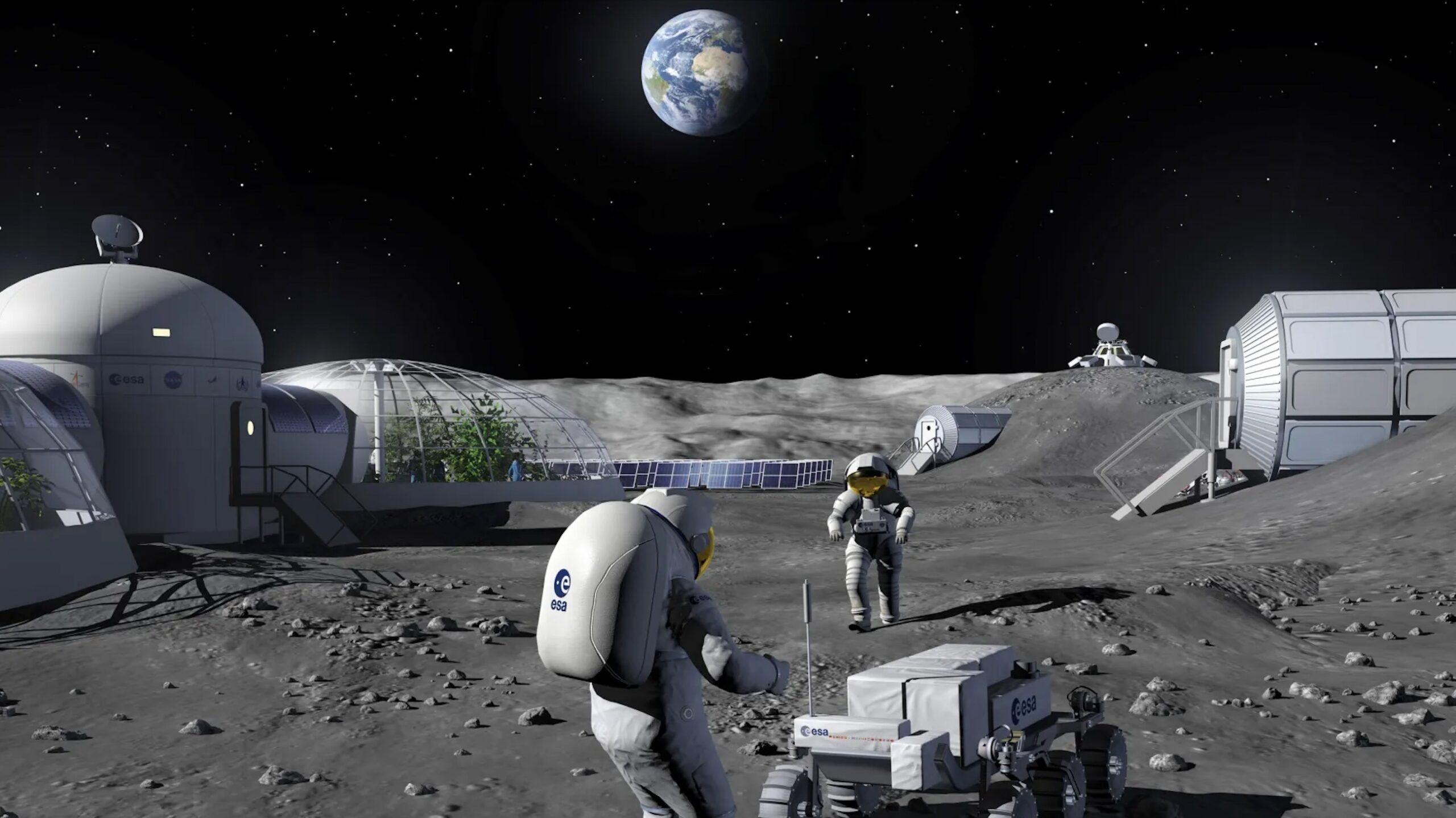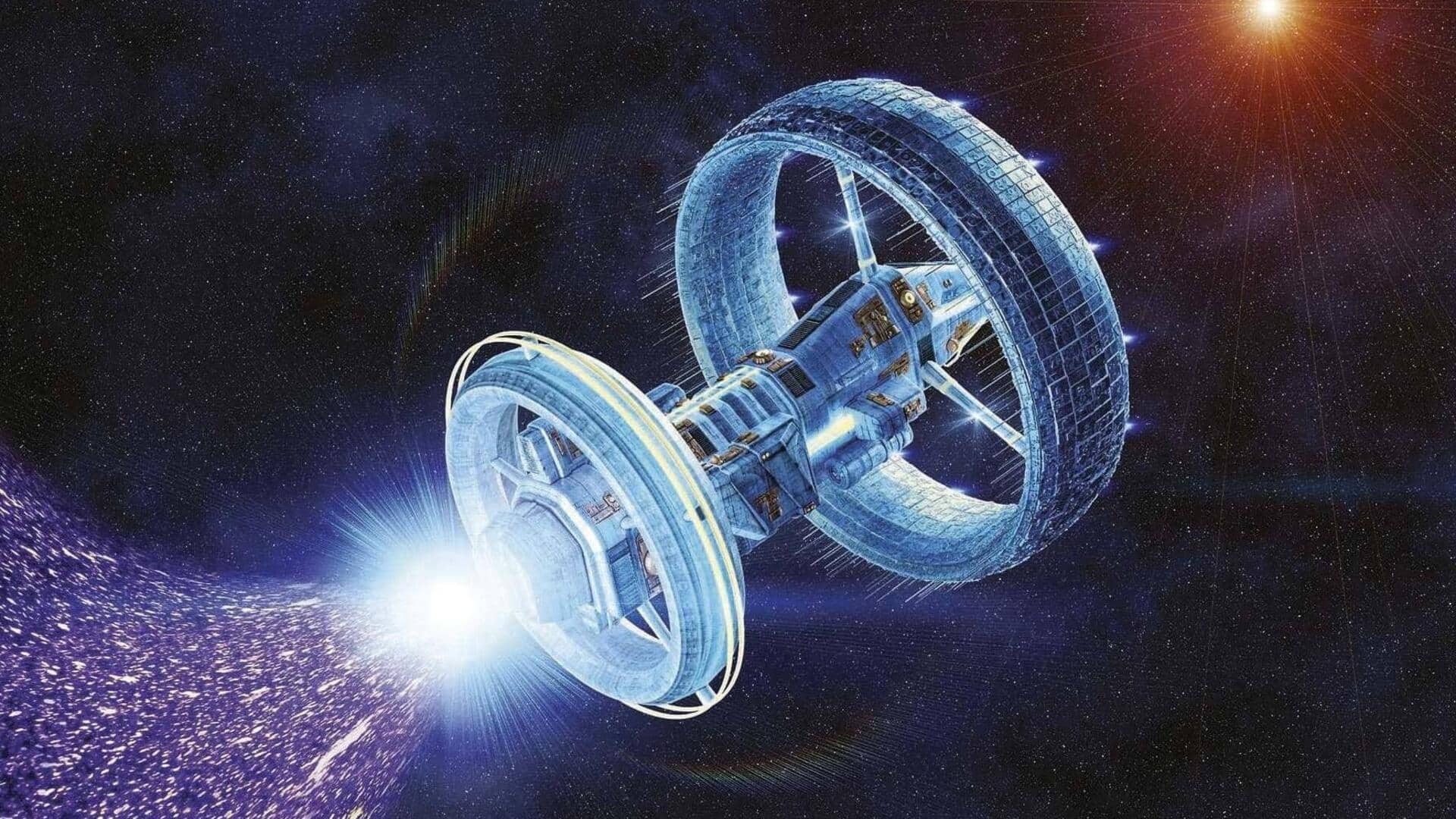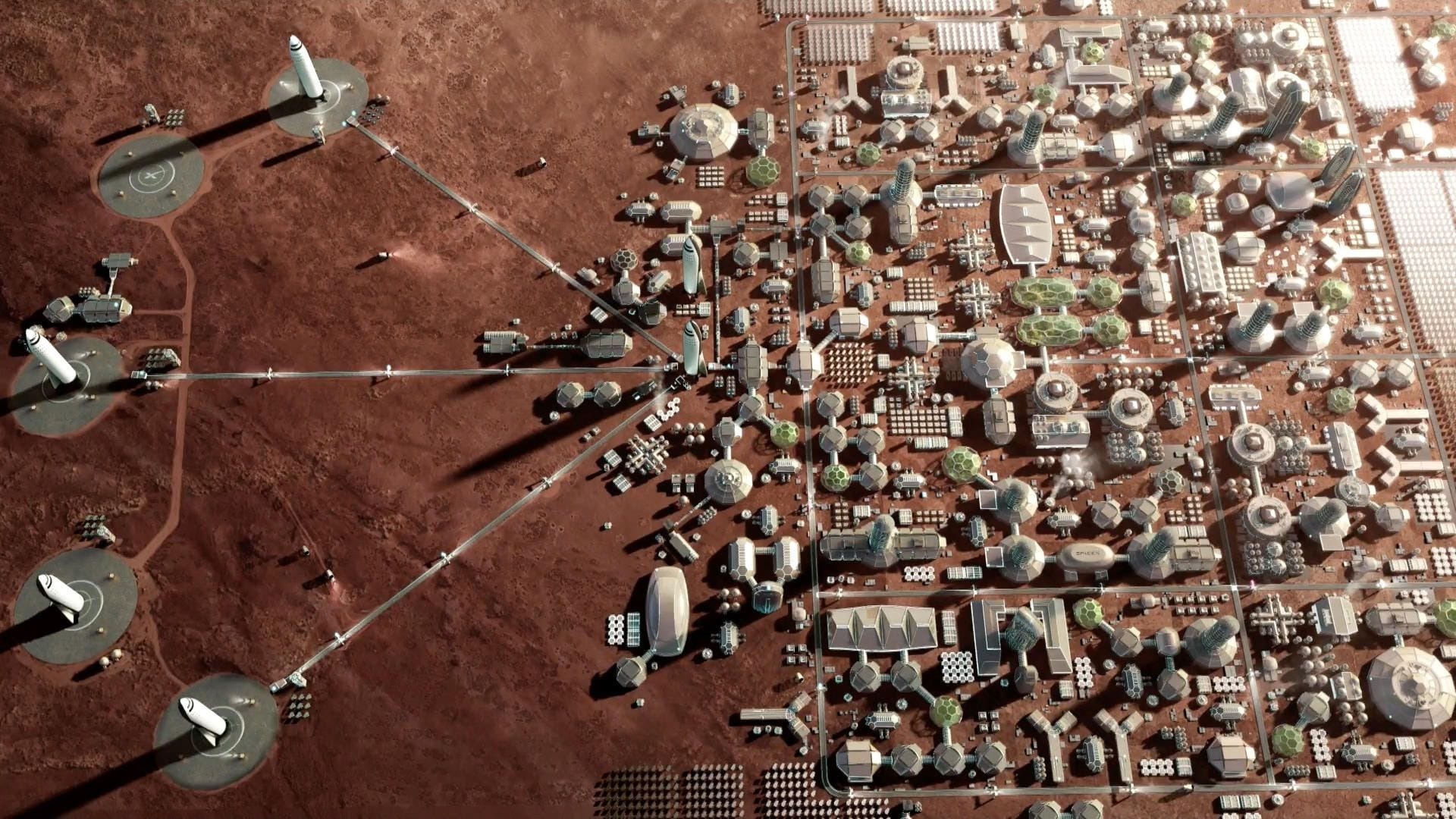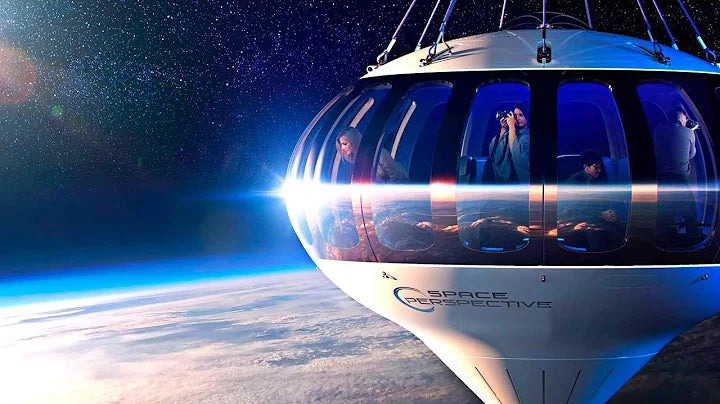When you look up at the night sky, you see stars. But out there, between the planets, there are countless rocks and dust balls of all sizes flying through space. These are asteroids. For a long time, we thought of them as just space debris, but today, many people see them as something else: cosmic treasure chests. Asteroids are believed to be full of valuable materials, from water to rare metals that are very hard to find on Earth.
This has led to a big idea, one that sounds like it came straight from a science fiction movie: asteroid mining. The goal is to send spacecraft to these asteroids, mine their valuable resources, and use them for a new economy in space. While this is not yet a reality, the plan is becoming more and more real. In this article, we will explore the idea of asteroid mining, from what makes asteroids so valuable to the huge challenges we will have to overcome to make this cosmic gold rush a reality.
What Are Asteroids? Cosmic Treasure Chests
Asteroids are rocks that are left over from the formation of our solar system, about 4.6 billion years ago. Most of them live in a huge belt between Mars and Jupiter, but some of them have orbits that bring them close to Earth. They are not all the same; they come in different sizes, shapes, and, most importantly, with different kinds of materials inside them.
Scientists divide asteroids into a few main types based on what they are made of:
- C-type (Carbonaceous) Asteroids: These are the most common type. They are dark and are believed to be rich in water and organic materials, which are the building blocks of life. These are the most valuable for future space missions.
- S-type (Silicaceous) Asteroids: These are made mostly of stone, or silicates. They also contain metals like nickel and iron.
- M-type (Metallic) Asteroids: These are believed to be the most metal-rich asteroids. They are thought to be made mostly of nickel and iron, and they also contain very valuable and rare metals like gold, platinum, and rhodium. These are the “treasure chests” of the asteroid belt.
Why Do We Want to Mine Asteroids? The Need for Resources
The idea of asteroid mining is not just about getting rich. It is a key part of our future in space.
- For Fuel and Water: This is the most important reason for asteroid mining. Many asteroids are rich in water ice. We can melt this ice and use it to get water for astronauts to drink. But more importantly, we can use a process called electrolysis to split the water into hydrogen and oxygen, which are the two main ingredients for rocket fuel. This would be a game-changer for space exploration. Instead of having to lift all the rocket fuel from Earth’s gravity, we could have “space gas stations” that are fueled by asteroids. This would make missions to the Moon and Mars much cheaper and easier.
- For Rare Metals: On Earth, many valuable metals are becoming harder to find. Metals like platinum, rhodium, and iridium are used in electronics and in many other industries, and they are very rare. But some asteroids are believed to have a huge amount of these metals. A single M-type asteroid, just a few hundred feet wide, could contain more platinum than all the platinum ever mined on Earth. This could change the global economy and provide us with a huge amount of resources.
- For Building in Space: Right now, if we want to build a space station or a new spacecraft, we have to launch all the materials from Earth. This is incredibly expensive. But if we could mine asteroids for materials like iron and nickel, we could build new habitats and spacecraft in space itself. This would be a huge step towards a permanent human presence in space and would help to lower the cost of space travel.
The Challenge: How Do We Mine an Asteroid?
Asteroid mining is not going to be easy. It is a very difficult and complex task that will require a lot of new technology.
- Finding the Right Asteroid: There are millions of asteroids in space, and most of them are not worth mining. The first challenge is to find the right asteroid with the right materials. This will require new, powerful telescopes and a lot of very careful research. We also need to find an asteroid that is in a good orbit, one that is not too far away and is easy to get to.
- Getting There and Back: It takes a lot of time and a lot of energy to send a spacecraft to an asteroid and then bring the materials back. We need to develop new kinds of engines and better navigation systems to make the journey as efficient as possible.
- Working in Zero Gravity: An asteroid has very little gravity, so a person or a robot would have a hard time staying on its surface. Any work, like drilling or cutting, would have to be done carefully so that the person or robot doesn’t get pushed off the asteroid and float away. The tools and equipment would have to be secured to the asteroid with special anchors.
- Processing the Resources: It is not enough to just get the materials. They have to be processed. It is much easier to process the materials on the asteroid itself and then bring back only the most valuable ones. We would have to develop special machines that can melt ice, sort rocks, and process metals in the cold and vacuum of space.
The Plan: Step-by-Step Asteroid Mining
While asteroid mining is still a new idea, a plan is starting to come together.
- Step 1: Find the Target. The first step is to use powerful telescopes to find and study asteroids. We need to find the ones that have the most valuable resources and the best orbits. This is a very big part of the work today.
- Step 2: Send Robotic Scouts. Once a good asteroid is found, we would send a small robotic spacecraft to study it up close. This spacecraft would map the asteroid, find out what it is made of, and find the best place to start mining.
- Step 3: Begin Mining. The next step would be to send bigger robotic missions to the asteroid to start the mining. The robots would use special drills and tools to get the materials out of the asteroid. For asteroids with a lot of water ice, a simple method would be to use sunlight to heat up the ice and collect the water vapor.
- Step 4: Bring the Resources Home (or to a Space Station). Once the materials are collected, they have to be transported. The water could be turned into rocket fuel and used to fuel other missions in space. The metals could be brought to a space station or even to Earth.
The Big Picture: The Future of Space Mining
Asteroid mining is not just a plan for a single mission; it is a plan for a new future. It is a plan to create a new economy in space, one that is not dependent on Earth. By using the resources of space to build in space, we can make our missions to the Moon and Mars much easier and cheaper.
Asteroid mining could also change life on Earth by providing us with new resources. But it also raises some big questions. What would happen to the price of gold if we could get it from space? Who owns the asteroids, and who decides who can mine them? These are questions that we will have to answer as technology gets better.
Conclusion
Asteroid mining is a huge idea with the power to change our future. It is a plan to use the vast resources of space to fuel our journey to the stars and to create a new economy. While the challenges are immense, from finding the right asteroid to working in zero gravity, many companies and scientists are working to make it a reality. Asteroids are not just space debris; they are cosmic treasure chests that hold the keys to our future in space. This new cosmic gold rush will be a testament to our ingenuity and our desire to explore, and it will one day open up the solar system to us in ways we can only imagine.
